
Dear JP:
You’re such an inspiration. I am really a huge fan of running. I’m not good at it but I try. Recently, I’ve increased the frequency of my runs. Before, I used to just run on weekends, like a couple of 5 kms, but I’ve decided to increase my frequency. Lately, I run 4 to 5 times a week for 50 min to an hour. I would do 1hr, or 50min 10k, and some ‘stair running’, but I’ve noticed that I’ve actually gained about 5-6 pounds probably in 3-4 months, even though I’ve significantly reduced my time. However, I was expecting to lose weight because I’ve increased the intensity and frequency of my runs. Why do you think this is? I want to lose weight, or at the very least maintain the weight that I used to have before I changed frequency.
Dear Perplexed by the Weight Gain:
Thank you for your kind words, but more importantly, thank you for helping us extend the iRun community all the way to the Philippines!
Surprising as this may sound, many runners have experienced a similar weight gain once they increased the frequency or intensity of their workouts. Typically, this results from one of two things: increased muscle formation, or over-fuelling for your workout. When we start to workout on a regular, or daily basis, it’s extremely tempting to fall into the that ‘trap’ where we want to ‘reward’ ourselves for our dedication to fitness by eating an extra cookie or two, or by increasing our portion size because of all those extra calories we must be burning during our workouts. The easiest way to monitor this would be to keep a food journal, and to rely on smaller, more frequent meals throughout the day.
The second reason you may have noticed an increase in weight would be as a result of the additional muscle tissue you are building – particularly, when you mention doing things like ‘stair running’, an activity known to build stronger glute and quad muscles. In either case, I suggest you focus on the long-term measurement of your weight gain/loss rather than on weekly fluctuations.
With years of running under my belt, I know I have been guilty on many occasions of running to ‘lose weight’ rather than running to ‘build a better me’. My best advice for you would be to run simply for the joy of running and the possibility to ‘lose the frustrations and anxiety’ of your life on your run, rather than trying to ‘lose those unwanted pounds’. When we start to turn ourselves over to the beauty of running, the weight loss and other health effects naturally follow.
Dear JP:
Obviously you didn’t start out running marathons, then ultras, and now these multiple road ultras. How do you recommend moving up from the marathon distance to 50+ km ultras? Also, how do you feel about splitting mileage on a day? (ie: 2 x 10 km runs instead of 1 x 20)
Dear Considering Coming Over to the Dark Side:
Having run over 120 marathons and lots of ultra marathons, I’m sure that you assume I am in some way ‘qualified’ to lead you down this path towards farther and farther race distances. But before I do this, I should let you know that my friends and family have questioned my mental faculties on more than one occasion – Seriously, who is crazy enough to run the same marathon three consecutive times on the same day!
That being said, if you’re eager to move further out of your comfort zone and to open your world to an entirely new group of adventure-seeking athletes, then maybe you’re ready to step into the world of ultra marathons. Like most things in life, the number one guiding principle should be ‘moderation’. Don’t up your mileage too quickly or too drastically. Also, you will need to wrap your head around the fact that your speed will inevitably drop in order to take on these longer distances. I would suggest you sign up for a 50k race first, as an easy transition into ultra running, and if that doesn’t have you running for cover, then move towards your first 50-miler.
Now, when it comes to the part of your question about whether or not it is useful to split your daily runs into two sessions… well, that tells me you’re already thinking like an ultra runner. Unlike training for a marathon, in which you focus on increasing your distance during the build-up to the marathon, when you are training for an ultra, you are more concerned with increasing the time you spend on your feet. As a result, many ultra training plans have you do a 4-hour run on Saturday, followed by a 3-hour run on Sunday.
Whatever you decide to do, make sure you continue to enjoy the sport, and if you are seriously considering jumping into the world ultra running, start building your support crew right away… It’s not always easy finding friends willing to stand out in the cold darkness for the unceremonious task of tending to your blisters!
Dear JP:
Some people would say that you are “super human” in your ability to deal with adversity both in and out of running shoes. Which superhero do you relate to the most, and why?
Dear Insecure Thor:
Throughout my long running career, I’ve have been fortunate to have met many ‘superheroes’ along the way, some have worn masks and capes, many have worn running shoes, and even more have gone about their lives quietly inspiring all of us with their incredible strength and empathy.
But when it comes to the comic book heroes to whom you are referring, I am neither drawn to the brute strength of Superman or Thor, nor am I overly impressed by the ingenuity of Wonder Woman or Spiderman. When it comes to my superhero role model, I would have to say my allegiance lies with Batman’s sidekick – Robin. Sure, you can find flashier, more limelight seeking superheroes, but that is not what attracts me. Robin, represents that indomitable quality of steadfastness that so many of us aspire to. He’s doesn’t need to fly over soring skyscrapers, or rely on some superpower; instead, he reminds me that EACH OF US can be a superhero – and all that is required of us is to show up, try our best, care for others, and make a difference.
Follow Jean-Paul’s blog at breathethroughthis.com and you can find him on Twitter @runjprun, and send him your questions!



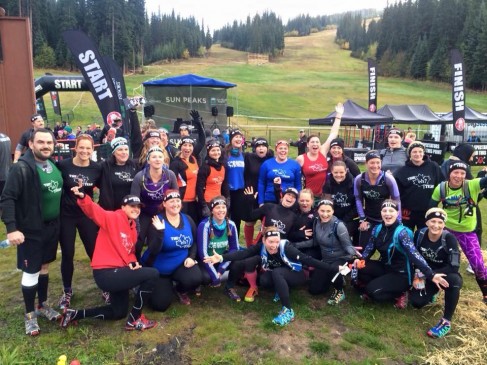
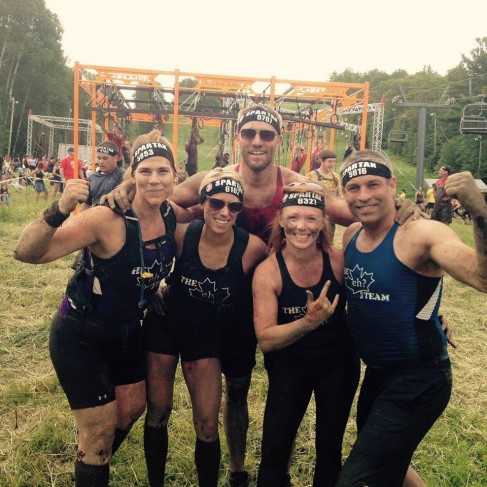
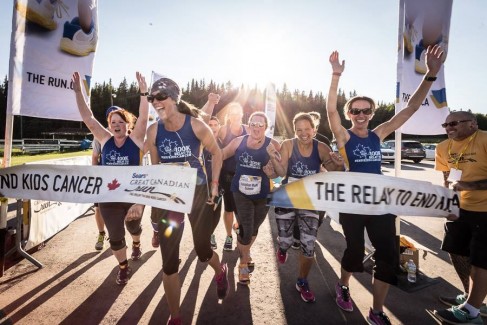
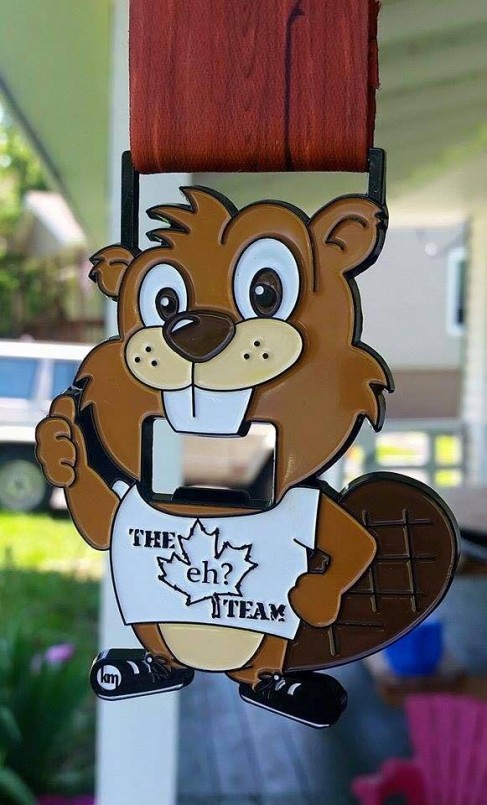

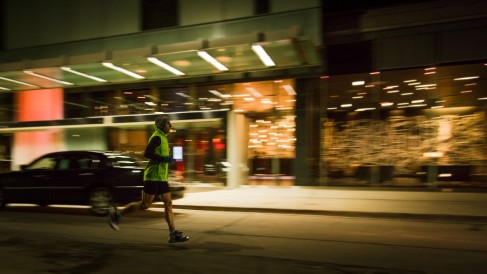
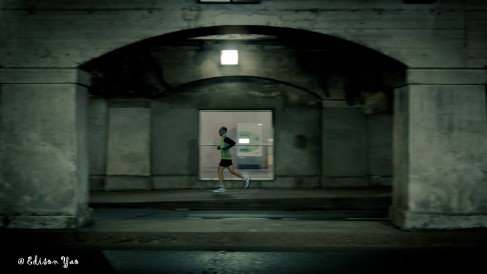
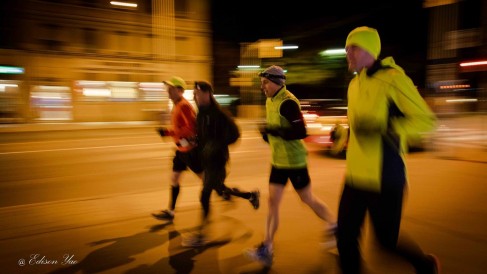
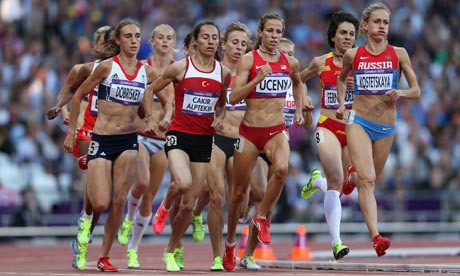



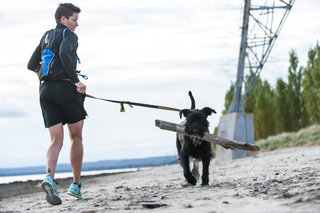

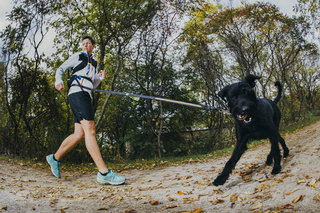

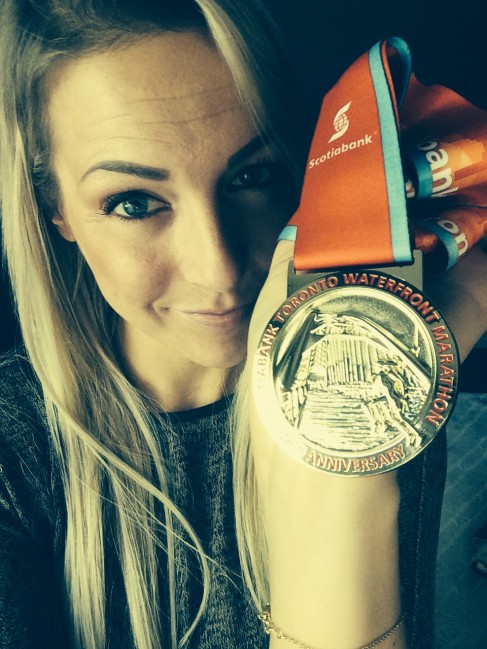

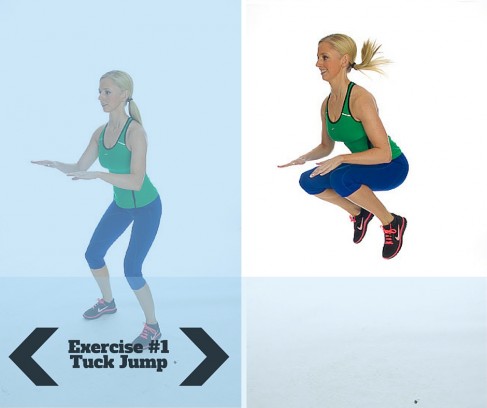


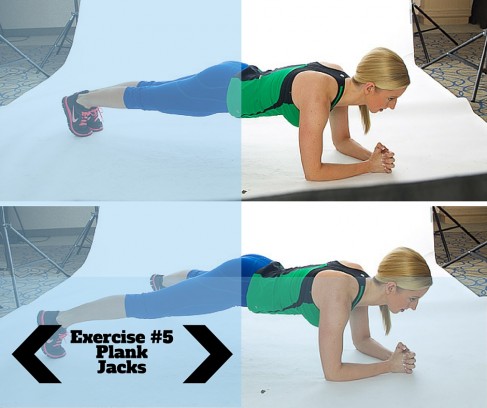


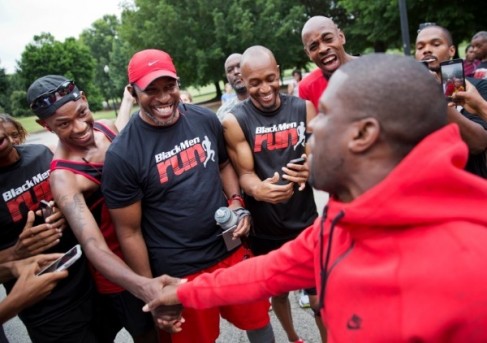
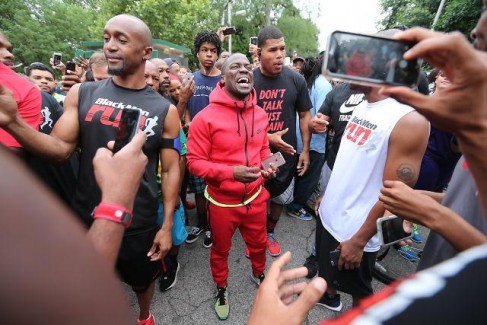
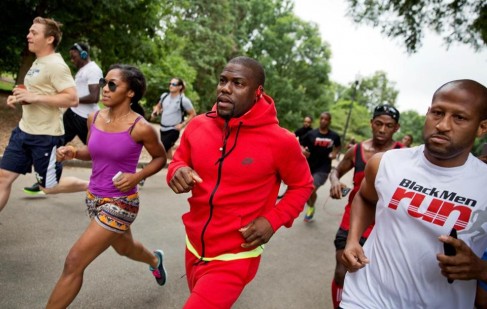
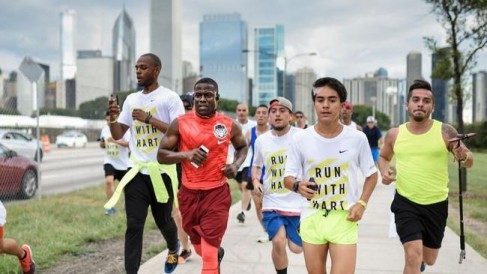


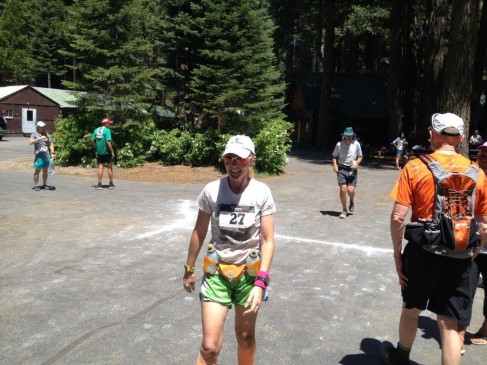

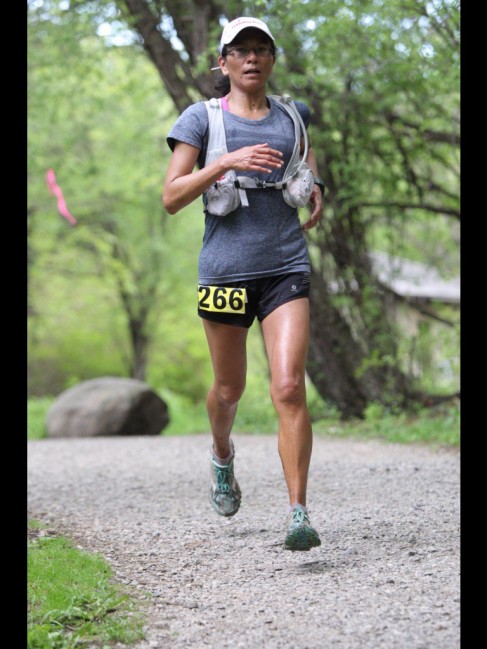


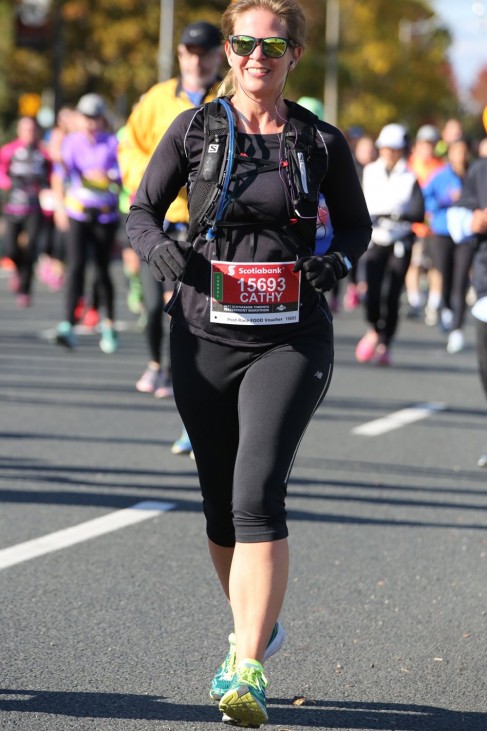
 Our Magazine
Our Magazine
